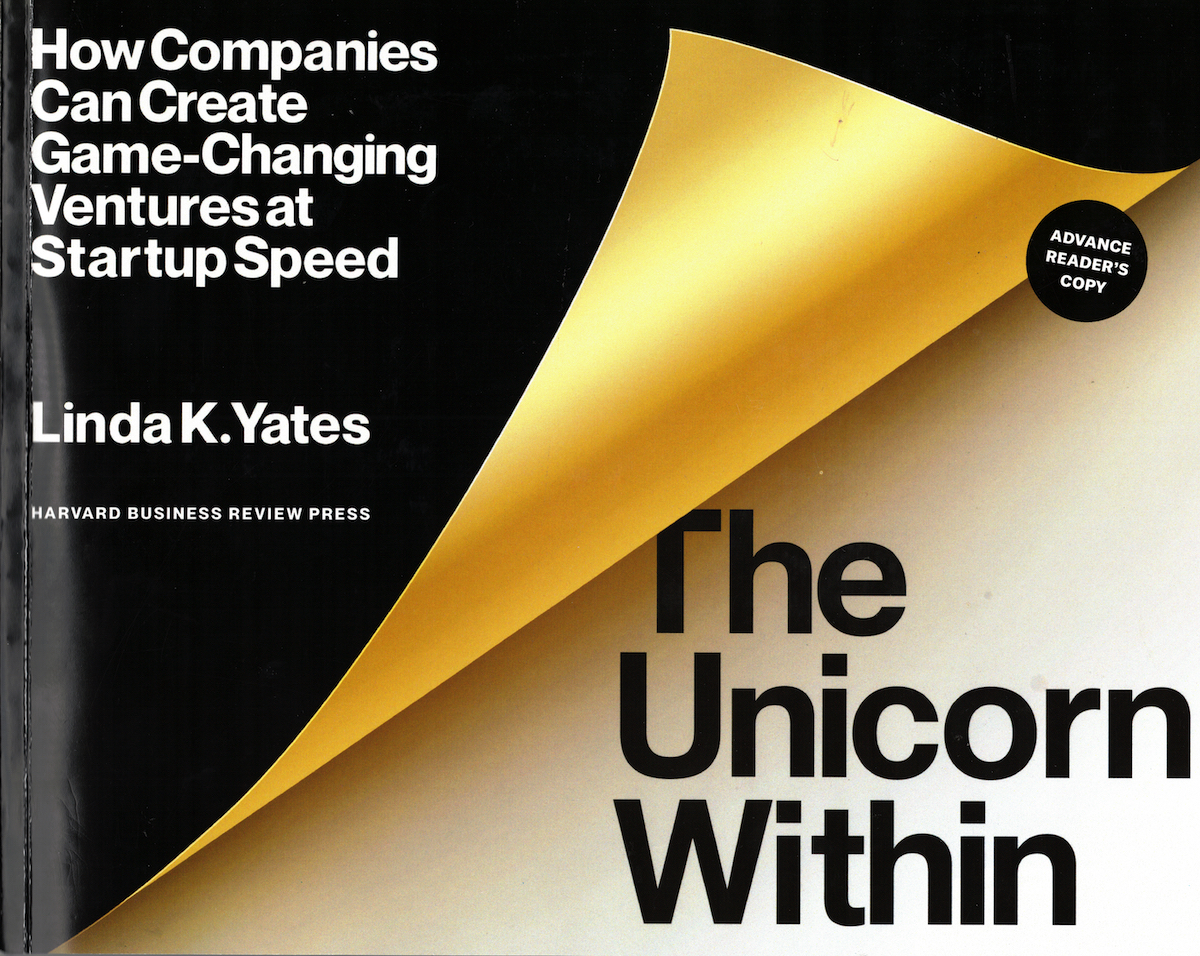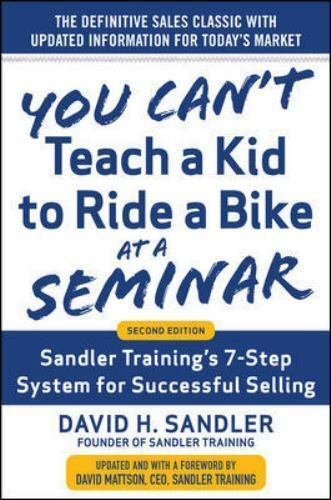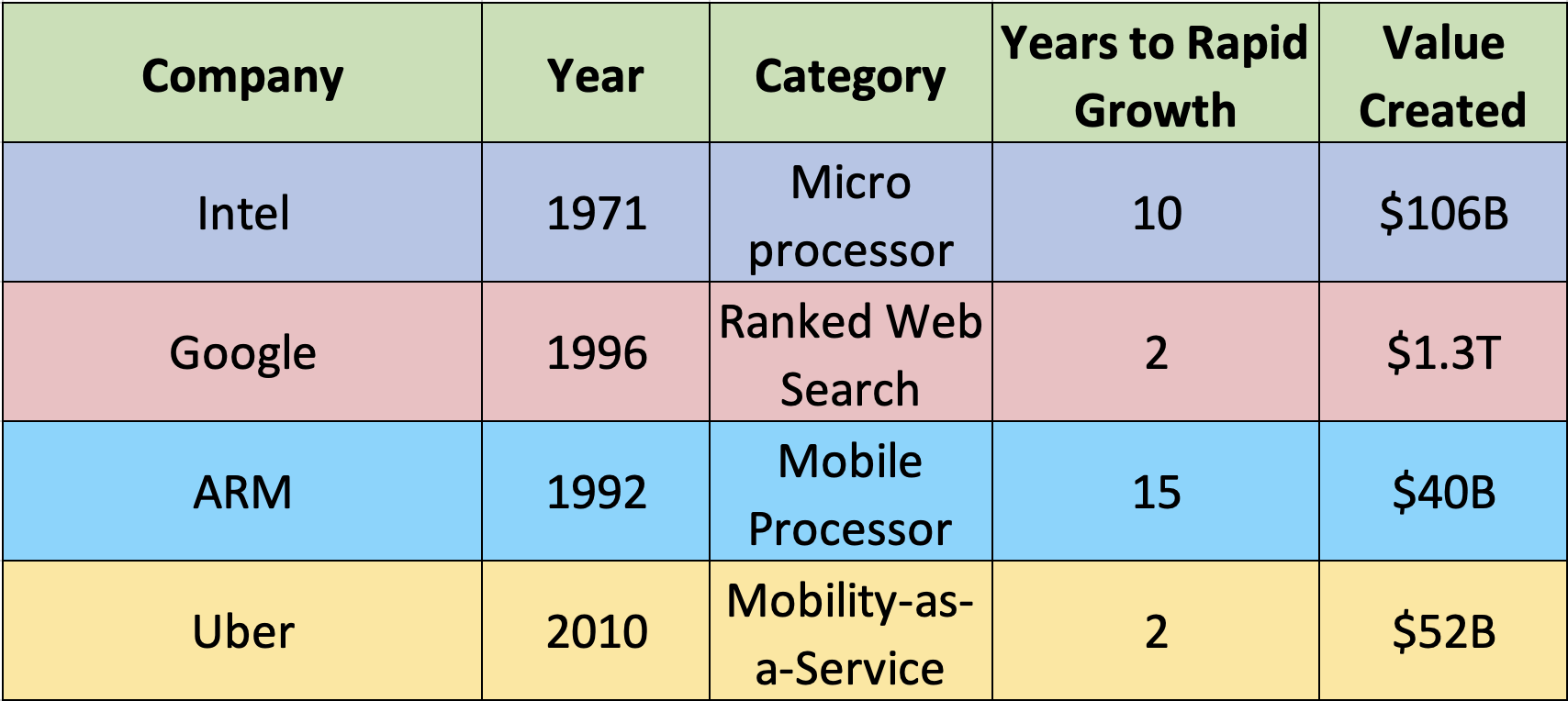What Does it Mean to Scale Operations?
A few months ago I defined business operations this way: Business operations is the collection of activities and resources required for a business to deliver its value proposition to its customers.
Scalability refers to the ability to easily handle an increasing amount of activity with consistent quality and improving economics.
Most startups are almost intentionally unscalable. The startup phase of a business involves lots of experimenting to find what works. The business is designed for flexibility, not scalability. Scalability involves standardizing and automating processes as much as possible. It requires an investment in time and often money that really doesn’t make sense until you’re done experimenting and you’ve decided exactly how you’re going to operate.
But at some point, the startup becomes a scaling business that needs to profitably keep up with growing demand.
The article linked below describes the 5 key steps to scalable operations.
What Does it Mean to Scale Operations? Read More »





